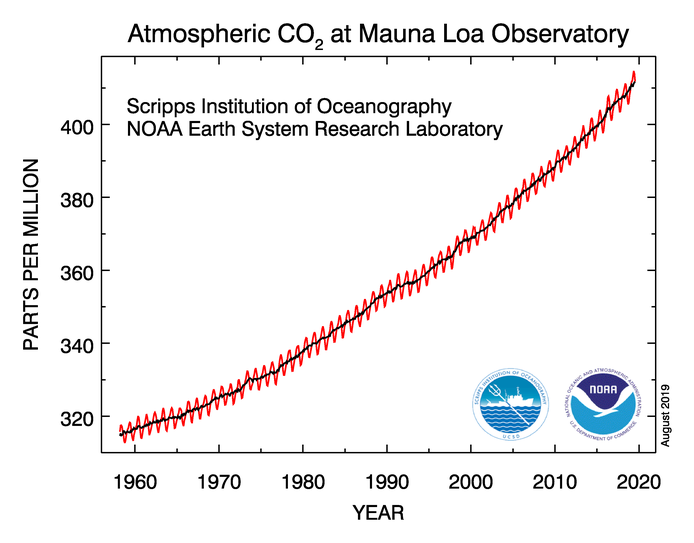
Interesting to me that the Great Recession doesn’t even show up as a blip on this graph.


Interesting to me that the Great Recession doesn’t even show up as a blip on this graph.
I’m taking a course on electric power. The instructor, Debbie Insana, lived through the blackouts and brownouts in California produced by the intersection of partial deregulation of the energy markets with corrupt individuals at the (also corrupt) Enron corporation. Prompted by that experience, when she moved to Illinois, she wanted a house that required no net energy inputs to function. That was hard to scale for a single house, so she ended up developing a whole subdivision of energy-efficient houses in Urbana. (The instructor’s title was “The Changing World of Electric Power,” but the people administering it decided pimp it up a little and listed it as Shocking Events in the Changing World of Electric Power. )
It’s of particular interest to me, because I’ve studied much of this same material long ago. Back in 1976, when I was in high school, I attended a National Science Foundation workshop on the energy crisis. The physics hasn’t changed, the politics has probably gotten worse, but the technology has changed, and with it the economics. It’s all very interesting.
Yesterday’s session was on wind power. The installed base of wind power is growing very rapidly (albeit from a low base). A good bit of the installation is happening in Illinois—but for an odd reason. As a source of power, the wind here is rated only fair-to-good. The big win is that we have excellent interconnections to the rest of the country, with major transmission lines that let us deliver power to the east coast and to the Tennessee Valley Authority.
But Illinois is only slipping in here because of an odd intersection of those grid connections, adequate wind, and tax breaks that encourage building now rather than later. The future of wind power going to be off-shore installations. The wind there is stronger and strong closer to the ground. And, it blows strongly during the daytime, when the power is needed, rather than blowing most strongly at night, the way it does on land.
I’m learning about all kinds of new stuff, from technology such as rare-earth magnets making generators smaller and lighter (easier to install on a wind turbine) to lots of obvious-once-you-think-about-it ideas, such as co-siting a wind farm with a gas turbine generating plant: reliable (gas provides electricity when wind isn’t blowing) and cheap (no fuel needed when the wind blows) and flexible (can operate both to serve peak demand).
Wind turbines only function for a certain range of wind speeds—a minimum speed to begin generating power and a maximum speed beyond which wind load can damage the turbine. In excessive winds, they’re designed to feather the blades, brake to a stop, and then lock in place. The teacher shared a video with us of what happens when these mechanisms fail:
I’m looking forward to the next couple of classes in particular, one on solar and one on balancing power in the grid.